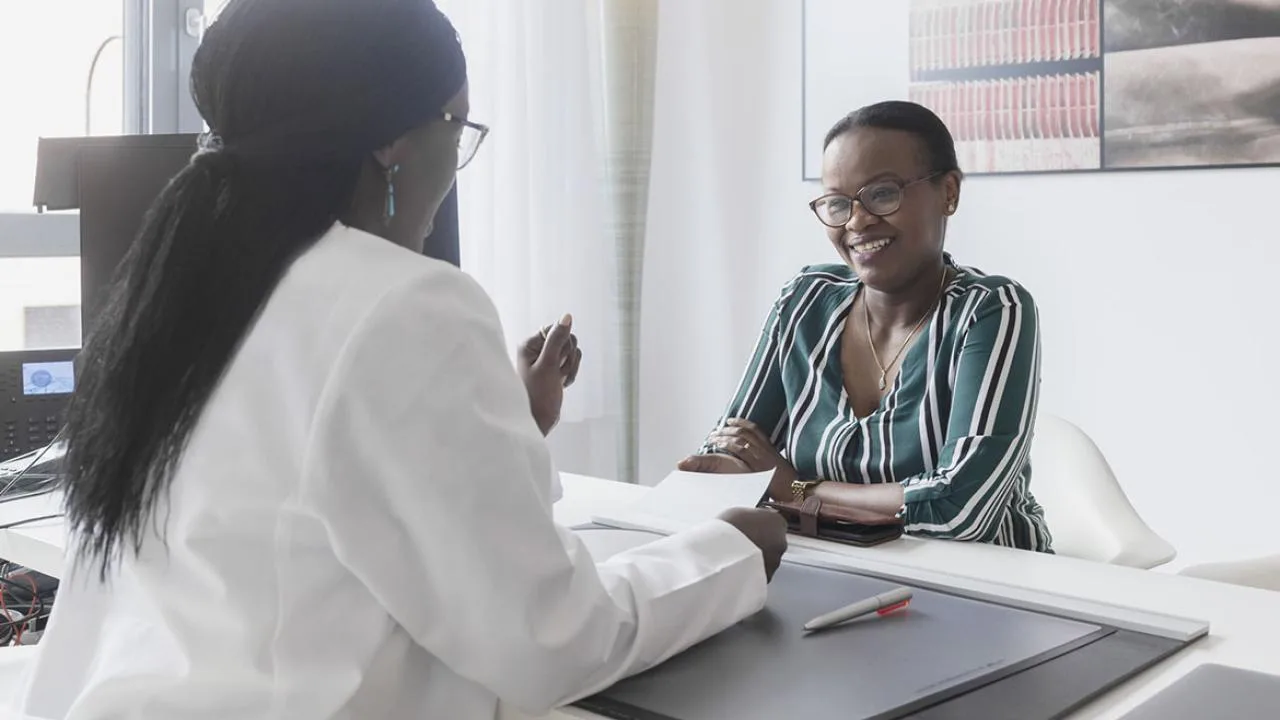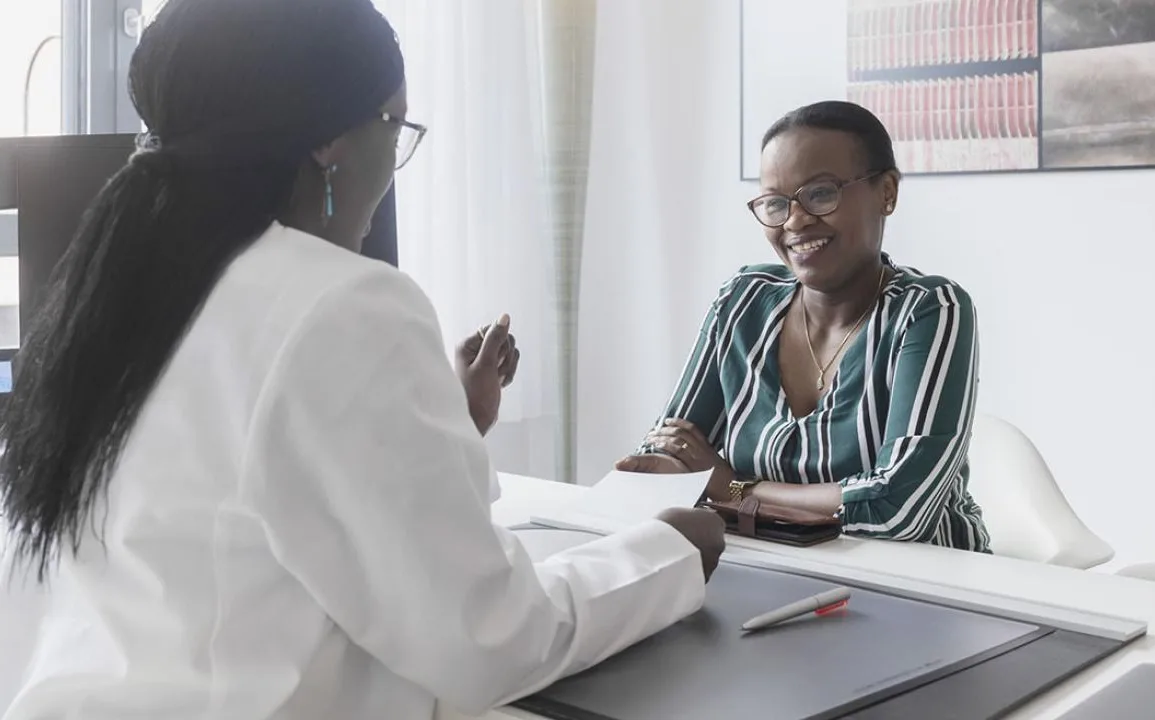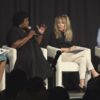
Education has traditionally been viewed as the key to opportunity in the U.S. But access to the quality education necessary for upward economic mobility has not been equal.
An AMA National Health Equity Grand Rounds event highlighted programs that have opened more opportunities to access higher education and careers in medicine and science. That includes the University of Maryland Baltimore County, where keynote speaker Freeman A. Hrabowski III, PhD, served as president for 30 years and led the Meyerhoff Scholars Program, which is at the forefront of efforts to increase diversity among future leaders in science, technology, engineering and related fields.
Since 1993, the program has graduated more than 1,400 students. As of June, the program’s alumni achieved the following results: 426 PhDs—including 74 MD-PhDs. Program graduates have also earned more than 160 MD or DO degrees, and more than 330 master’s degrees, primarily in engineering, computer science and related areas.
Success can lead to greater success as more students realize what is possible for them, Hrabowski said. He cited the example of Kizzmekia Corbett, PhD, whose efforts were pivotal to developing a messenger RNA COVID-19 vaccine, eventually partnering with Moderna.
“You don’t realize what a difference” Corbett has made, Hrabowski said, “just in these past three years.”
“As I’ve talked to women of all races, to little Black girls from the Eastern Shore of Maryland, to people from her hometown in rural North Carolina, people hadn’t even thought about the possibility of people of color or Black people and others creating vaccines,” added Hrabowski, who retired last year.
Watch this recent episode of the AMA’s “Prioritizing Equity” series to learn how the U.S. Supreme Court’s affirmative-action ruling undermines policy dedicated to increasing physician diversity, which is vital to the health care ecosystem.
4 pillars for success in science
4 pillars for success in science
Hrabowski’s “4 pillars of college success in science” TED Talk has been viewed more than 1.6 million times, and he summarized the key points in his keynote presentation:
- High expectations for students should be set by faculty from the start— at both the university and high school levels.
- Build a community among students and faculty in science, technology, engineering and math. Rather than viewing classmates as competition for grades, internships, and jobs, students should work together and get to know each other as colleagues.
- Researchers produce researchers, so opportunities for experiential learning—rather than just lectures—are critical to success.
- Engage with students, because a faculty that is truly invested in its students’ success is critical.
Sanjay Desai, MD, the AMA’s senior vice president of medical education, moderated the event and cited the importance of local community college systems and noted that many people believe that “if we want to create social mobility, then we should be looking at the community college system.”
Panelist Dan Ferguson, director of the Washington State Allied Health Center of Excellence, agreed.
Ferguson, who helps his state’s community colleges be responsive to health workforce needs, described the infrastructure in Washington, which includes 34 community colleges with health workforce-related curricula. Each one has a community advisory board that informs their institutions of local workforce needs.
Community colleges also provide mentoring, child care and tuition assistance.
“There’s a lot of focus on overcoming the barriers that students might be presented with,” Ferguson explained.
Community college students have been a target of recruitment efforts for the University of California, Davis (UC Davis), School of Medicine.
The experience at UC Davis has been that medical students from community college programs often go into primary care specialties and are more likely to practice in communities that have been historically underserved by limited access to health care.
“We’re a public school committed to meeting local and regional workforce needs,” said AMA member Mark C. Henderson, MD, a UC Davis professor of internal medicine and associate dean for admissions.
Dr. Henderson, noted that, unfortunately, “medical schools don’t really reflect society at large,” with about 25% of medical students coming from families whose incomes are in the top 5% of the U.S. population.
Leverage passion of tomorrow’s doctors
Leverage passion of tomorrow’s doctors
Jada Bussey-Jones, MD, a professor of medicine at Emory University School of Medicine, said it is important for learners and patients to see diverse faculty in clinical encounters, classroom lectures and leadership positions across the health system.
Regarding medical students and resident physicians, Dr. Bussey-Jones said the important thing is to “listen and leverage the energy and passion of our learners.”
At Emory, this was done with internal medicine residents who collaborated with program leaders to develop a set of health justice standards that are reviewed each year for progress and recalibration.
“This effort has invigorated both trainees and faculty, aided in program recruitment of diverse residents and streamlined siloed work,” according to the residents’ report published in the Journal of General Internal Medicine.
“They talked about moving us from performative to concrete change,” Dr. Bussey-Jones said. “They hold us accountable on progress and, importantly, these standards have led to actual structural change.”
The next National Health Equity Grand Rounds event is scheduled for Oct. 10. Register now.



